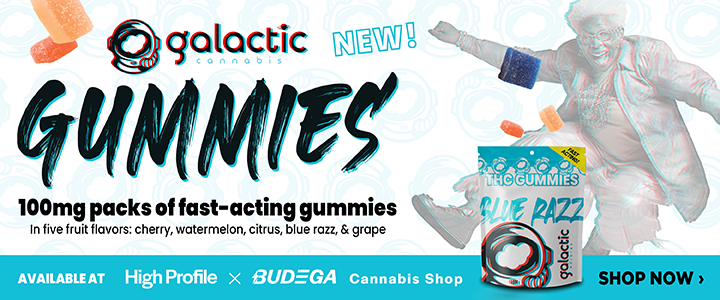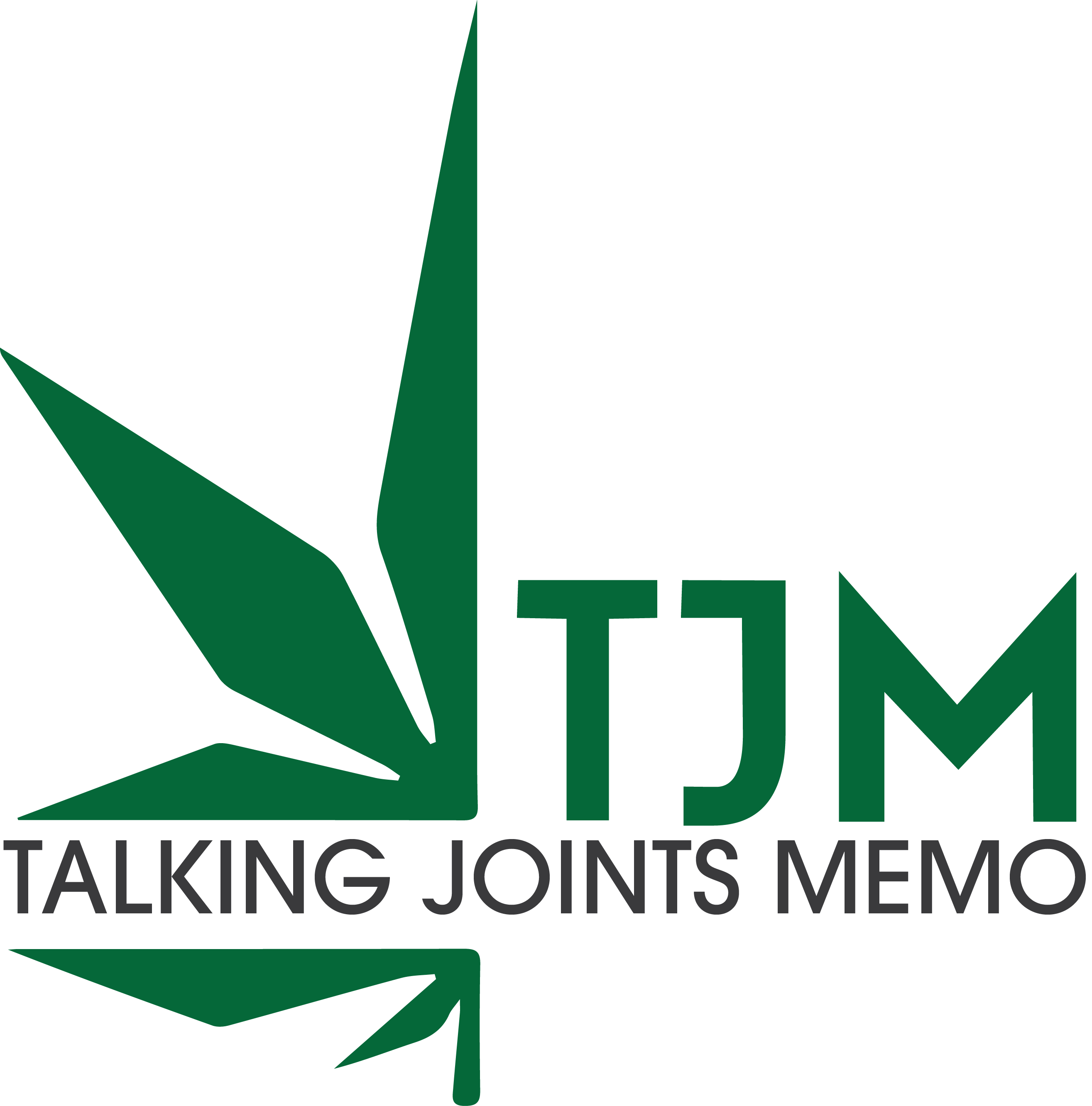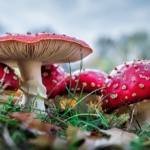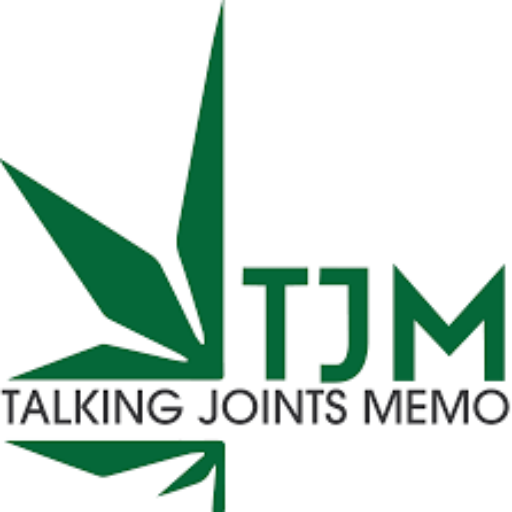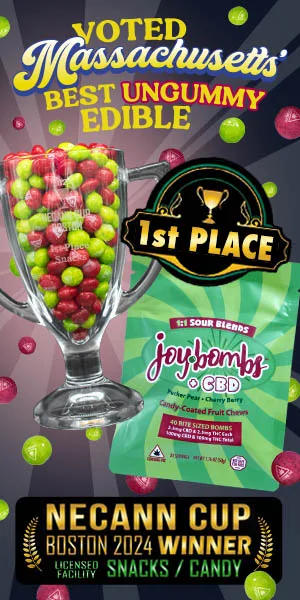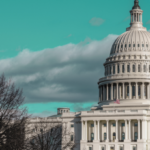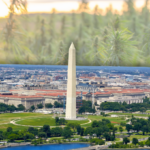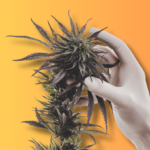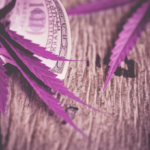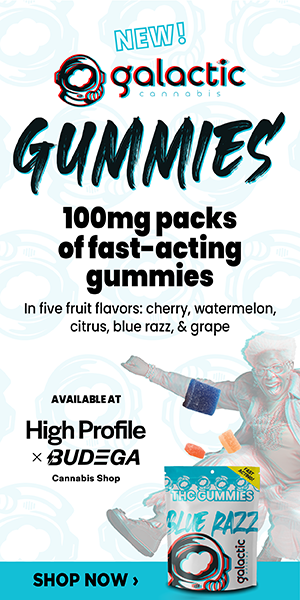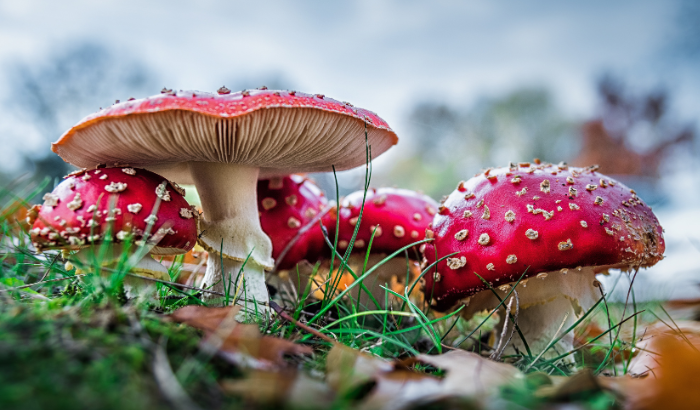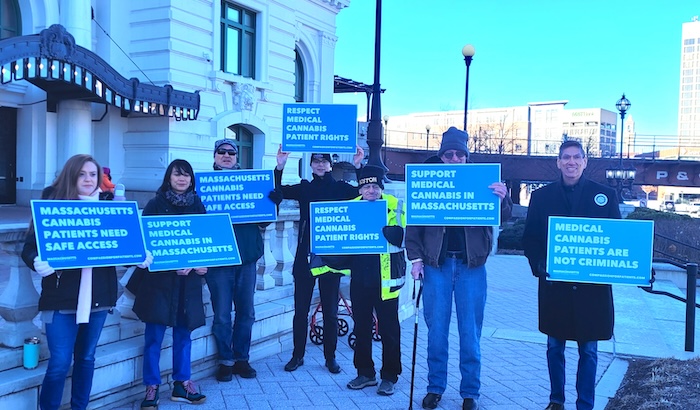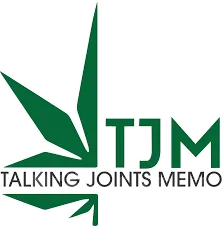
Among the findings: “Vaping marijuana in the past 12 months was reported by 9.0% of midlife adults.”
Few drug-induced pseudo events get reporters clicking keys and members of the public chattering quite like reports about use and abuse. And the latest data produced by the National Institute on Drug Abuse at the National Institutes of Health is like a piñata for the fearful masses, full of all the stats that one may need to back up any prohibitionist claptrap imaginable. Their scope: “National data on substance use among adults ages 19 to 60, 1976-2022.”
In the past week, we have already seen clickbait about how seniors are the fastest growing cannabis clientele (from a different study, by the Substance Abuse and Mental Health Services Administration), how middle-aged Americans are using weed and binge-drinking at record levels, and how everyone and their father is tripping balls on the regular (this headline by Forbes managed to squeeze in all sorts of fear mongering: “The D.A.R.E. generation is not okay: Use of pot and hallucinogens are at all-time highs among millennials and Gen Xers—binge drinking, too.” What a mouthful!
Since everybody else is cherry picking numbers to suit their purposes, we thought we’d do the same. Here are 10 points from the annual NIH report that we found noteworthy. From data on actual cannabis use broken down by age groups to numbers that show how much people are drinking with more cannabis in play, these excerpts at least seemed interesting enough to acknowledge, even if they probably don’t reflect the reality of drug life in the least:
- Alcohol use among midlife adults ages 35 to 50 has shown a gradual increase over the past 10 years. Past 12 month drinking prevalence has increased from 83.4% in 2012 to 84.8% in 2022, and past 30 day drinking prevalence has increased from 68.1% in 2012 to 71.3% in 2022.
- Binge drinking among midlife adults has increased over the past 1, 5, and 10 years (from 22.8% in 2012 to 29.2% in 2022.
- Current daily marijuana use (defined as using on 20 or more occasions in the past 30 days) for ages 35 to 50 was 6.5% in 2022, ranging from 8.4% at age 35 to 3.9% at age 55.
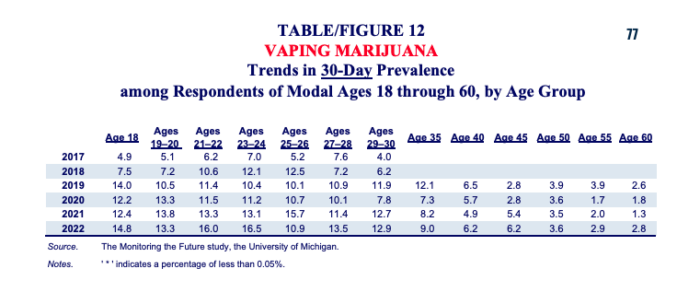
- Vaping marijuana in the past 12 months was reported by 9.0% of midlife adults; 6.3% vaped marijuana in the past 30 days. However, there were marked age differences, with a decrease in prevalence in past 12 month use observed from age 35 (13.6%) to age 60 (3.5%).
- There were notable significant changes from 2021 to 2022 among young adults ages 19 to 30 [including] an increase in vaping marijuana in the past 12 months from 2021 to 2022, which is now at the highest level recorded since it was added to the survey in 2017.
- In 2022, marijuana use in the past 12 months and daily use among young adults reached the highest levels ever recorded (since first calculated in 1988).
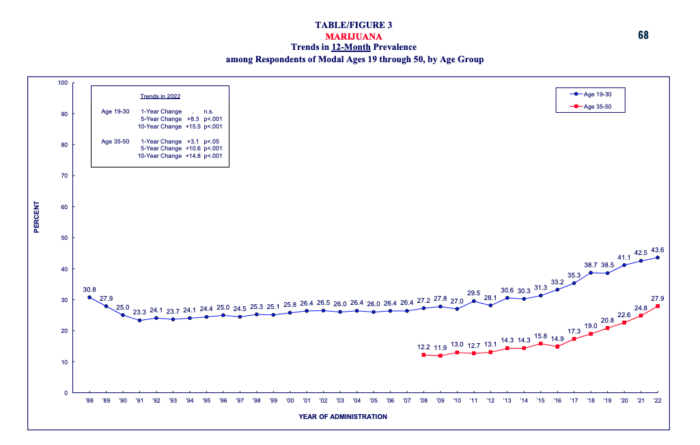
- Hallucinogen use was reported by 8.0% of young adults in 2022, ranging from 3.6–9.7% across ages 19 to 30. The 1-year change was not significant, although there were significant longer-term increases across the past 5 years (from 4.5% in 2017) and 10 years (from 3.4% in 2012).
- The increase in hallucinogen use was driven by hallucinogens other than LSD, the prevalence of which significantly increased from over the past 5 years (from 3.1% in 2017) and 10 years (from 2.9% in 2012) to 7.0% in 2022).
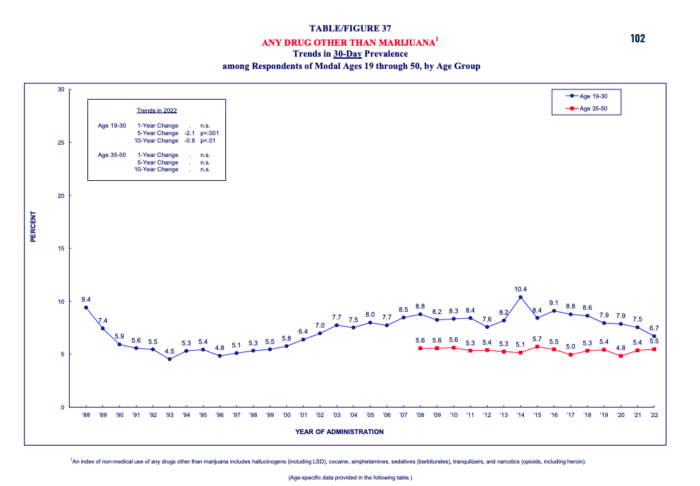
- Heroin use was uncommon, with 0.2% of young adults reporting past 12 month use, while use of narcotics other than heroin was reported by 1.8% of young adults in the past 12 months, which follows significant decreases over the past 5 years (from 4.6% in 2017) and 10 years (from 7.6% in 2012).
- Non-medical use of any prescription drug was reported by 8.0% of young adults in the past 12 months, following significant declines over 5 years (from 13.0% in 2017) and 10 years (from 14.5% in 2012).
Check out the whole report here.


